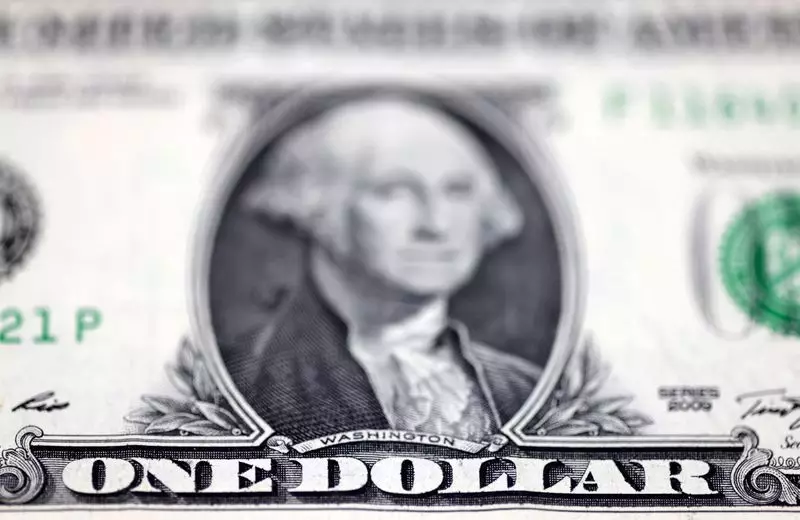In the financial landscape of the United States, fluctuations in currency value often serve as a barometer for broader economic conditions. On a Thursday following the Christmas holiday, the U.S. dollar experienced a notable uptick. This rise is largely attributed to increasing expectations surrounding the economic policies of the forthcoming Trump administration, which are anticipated to enhance growth prospects and ignite inflationary pressures. Such shifts in the dollar’s strength not only reflect traders’ sentiments but also underline the intricate interplay of policy, market expectations, and economic indicators.
Trading activity in the foreign exchange market was characterized by lower volumes on this particular Thursday, a typical occurrence during holiday periods when many investors step back. This limited trading backdrop can exacerbate market movements as fewer transactions can lead to heightened volatility. The expectation of a pro-growth environment, propelled by anticipated deregulation and tax reform, is a crucial factor leading to a stronger dollar. The combined impact of these reforms aims to invigorate U.S. economic activity, potentially positioning the dollar more favorably against its global counterparts.
A key discussion point among analysts includes the potential ramifications of the incoming administration’s policy decisions. While looser business regulations and tax cuts are forecasted to stimulate U.S. growth, there are concerns that aggressive stances on immigration and the introduction of tariffs could lead to increased price volatility, exerting downward pressure on economic stability in the long run. This duality creates a complex narrative—while the dollar may appreciate in the short term due to optimistic growth projections, there remains a significant degree of uncertainty surrounding the tangible effects of these policies.
Furthermore, apprehensions about the Federal Reserve’s ability to implement additional interest rate cuts in the upcoming year have also contributed to the dollar’s recent ascent. Observers note that following a cut of 25 basis points announced by the Fed, future reductions are contingent on the progress made in combating persistent inflation. The Fed’s adjustments to its interest rate outlook—specifically reducing expectations for cuts in 2025 from 100 basis points to 50—indicate a more cautious approach, which can influence currency valuation.
Economic indicators released midweek offer additional context to the dollar’s trajectory. Reports revealed a reduction in the number of individuals applying for jobless benefits, marking a dip to the lowest level observed in a month. This statistic signals a cooling yet robust labor market, which is critical for consumer spending power and overall economic health. Additionally, U.S. retail sales figures demonstrated a noteworthy increase of 3.8% during the vital shopping period leading up to Christmas. This surge can be attributed to aggressive promotional tactics employed by retailers amid stiff competition, highlighting consumer willingness to spend despite broader economic uncertainties.
In light of these developments, the dollar index displayed a modest 0.13% increase to achieve a reading of 108.25, maintaining its position just below the recent two-year high. In contrast, the euro faced a slight decline, underscoring the ongoing challenges faced by the European currency amidst shifting dynamics.
The strengthening of the U.S. dollar against other currencies, including a rise against the Japanese yen, points to broader trends in the global economy and central bank policies. As speculated by the Bank of Japan, the domestic economy appears to be aligning with its 2% inflation target, suggesting that a shift in interest rates could be imminent. These international perspectives further underscore the interconnectivity of global markets—the decisions made by one central bank can have ripple effects across the currencies of other nations.
The current behavior of the U.S. dollar encapsulates a complex tapestry of economic signals and political expectations. While there are bullish sentiments due to anticipated policy reforms, ongoing economic indicators will play a critical role in shaping the dollar’s future trajectory. Investors and economists alike will continue to monitor these developments, recognizing that the interplay of policy, market sentiment, and global economic conditions remains a perpetual balancing act. Understanding this dynamic will be essential for navigating the increasingly intricate world of foreign exchange markets.

